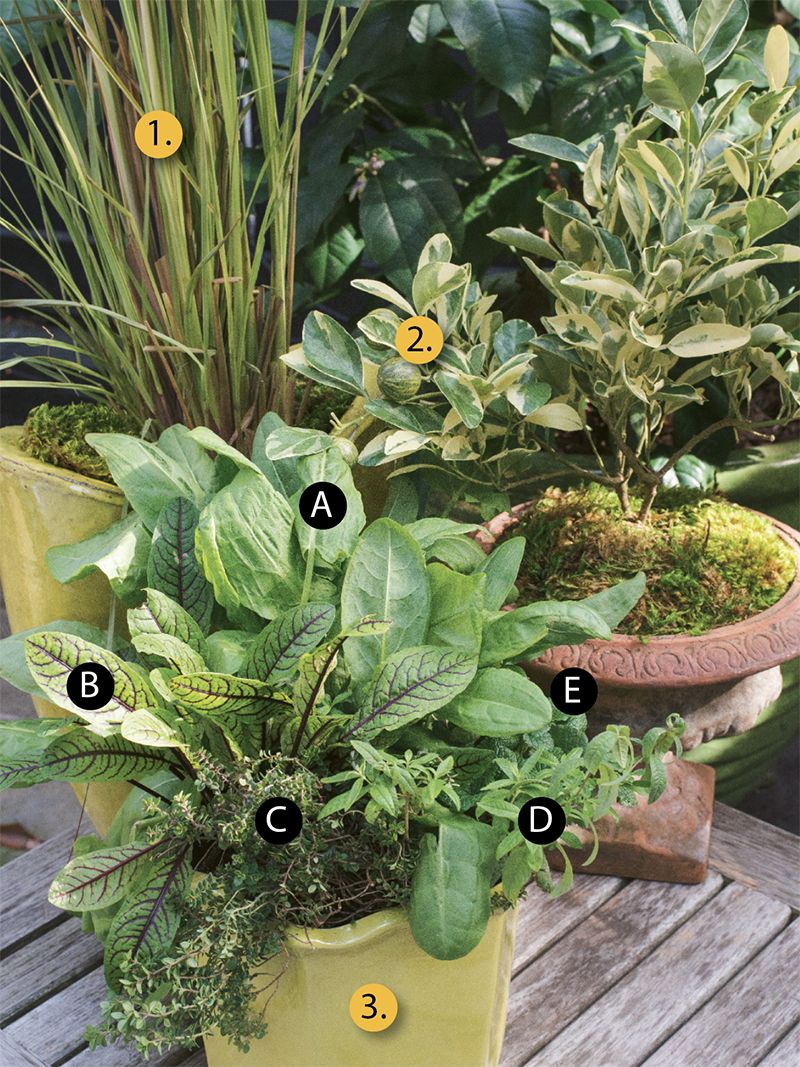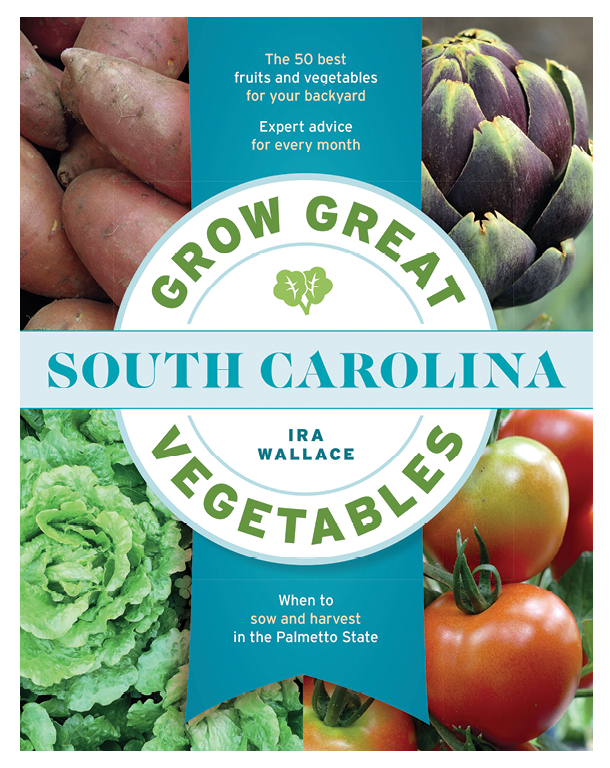Plant this zesty trio and enjoy refreshing fare for months to come

This season, a home garden that yields delicious bounty—and beauty—is a greater treasure than ever. So when greening up a sunny patio or entryway, plant a collection that’ll keep the kitchen ingredients coming, while adding fragrance and charm.
Charleston garden editor Joan McDonald put together a citrusy trio that checks every box. She started with a showstopping calamondin tree, which will bear fall fruit. Next came the herbs: a fast-growing lemongrass, plus a mix of lemon-flavored growers that can be harvested throughout the warm months ahead.
As for sourcing the plants and supplies? Nurseries such as Abide A While, Hyams, Roots and Shoots, and Sea Island Savory Herbs have pickup and delivery options—check their websites for the latest info.
1. Lemongrass (Cymbopogon citratus)
Often used in Thai and Vietnamese cuisines, this easy-growing herb can quickly fill a pot. Harvest the stalks as close to the base of the plant as possible, as the bottom ends are the most tender.
2. Variegated calamondin (Citrofortunella mitis ‘Variegata’)
Evergreen and cold-hardy, calamondins are the perfect citrus for Lowcountry container-growing. The variegated variety offers extra visual interest, with cream splashed across the green leaves. Fragrant blooms arrive in spring, followed by tart fruit that ripens in fall. Use your harvest for baking, making marmalades, and even decorating holiday tables.
3. Mixed Herbs
How to Grow:
■ Plant in nutrient-rich, well-draining potting soil. Top with mulch or sheet moss to help retain moisture.
■ Place in full sun. (The lemongrass and calamondin tree can tolerate light shade.)
■ Thoroughly water when the first inch of soil feels dry.
■ Prune to keep plants at desired size. When one of the herbs grows too big, divide it to share with friends or move it into your landscape.
Use your lemony herbs to make a refreshing spring salad; click here for the recipe.

Tip:
Before your once-orderly rows tangle into an untamable jungle, or—worse yet—pests and disease put your hard work to rout, invest in Ira Wallace’s new Grow Great Vegetables in South Carolina (Timber Press, 2020, $20). With a chapter dedicated to every month, Wallace’s expert advice helps gardeners get the most out of each harvest.